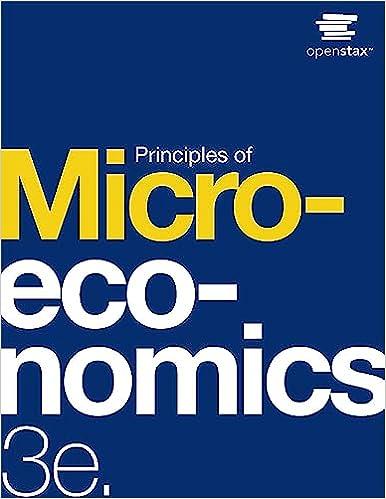Question
(you can think of this as a collection of everything else that consumers want) that costs $1 per unit. a. Draw a graph that illustrates
(you can think of this as a collection of everything else that consumers want) that costs $1 per unit.
a. Draw a graph that illustrates the consumer's budget constraint, putting doctors' visits on the horizontal axis. Make sure you indicate the horizontal and vertical intercepts.
Now, suppose the local government is considering two health plans. Under plan A, the government will give out vouchers worth 2 free visits to the doctor. Under plan B, the government will give out four 50% off coupons to be used at the doctor's office.
b. Draw the new budget constraint the consumer faces under plan A.
c. Draw the new budget constraint the consumer faces under plan B.
d. For whom is the choice of plan A or plan B not likely to matter-those who are quite well, or those who are quite sick? (Hint: Superimpose some indifference curves on your budget constraints.)
e. Which plan would someone who is generally well be likely to choose, if offered a choice?
Step by Step Solution
There are 3 Steps involved in it
Step: 1

Get Instant Access to Expert-Tailored Solutions
See step-by-step solutions with expert insights and AI powered tools for academic success
Step: 2

Step: 3

Ace Your Homework with AI
Get the answers you need in no time with our AI-driven, step-by-step assistance
Get Started


